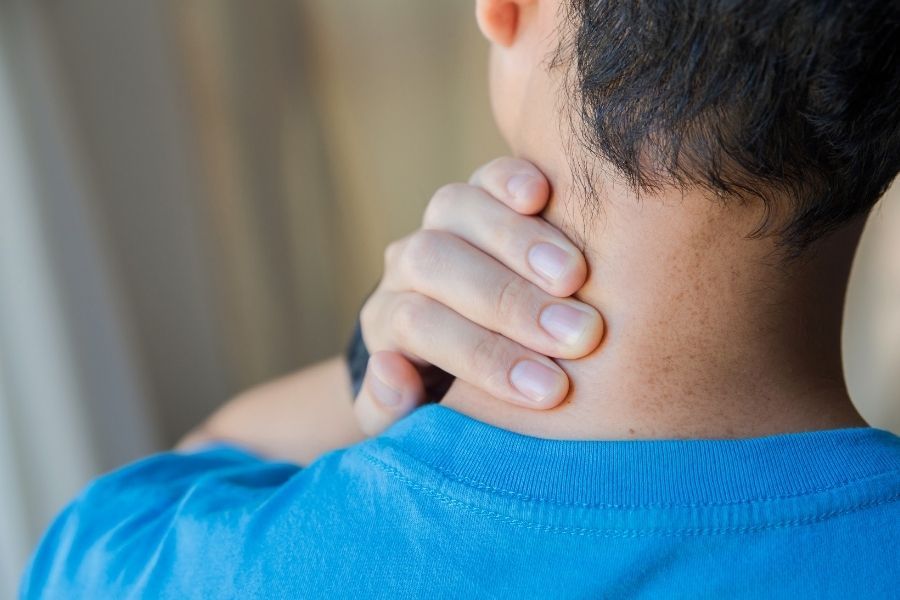
Strains and sprains are common types of injury that affects the muscles, ligaments and tendons. A ligament connects two bones and helps to hold a joint together while tendons attach muscles to bones.
Signs and symptoms of strains and sprains include:
- Pain
- Swelling and inflammation
- Loss of movement of the affected part of the body
A sprain refers to the tearing, twisting and stretching of ligaments. The commonly affected areas of sprains are the knee, ankle, wrist and thumb.
A strain refers to the stretching or tearing of muscles or tendons. It may happen suddenly or slowly develop over time. It often affects the muscles of the leg and thigh as well as the lower back.
Self- Care at Home
What you can do
The initial treatment of the sprains and strains is summarised in the acronym R.I.C.E.
Rest |
|
Ice |
|
Compress |
|
Elevate |
|
What you should avoid
For the first 3 days, you should avoid H.A.R.M
Heat | Hot bath, sauna or hot packs may worsen the swelling around the injured area |
Alcohol | Avoid drinking alcohol as it slows down the healing process |
Running | Running or other forms of exercise could cause your injury to worsen |
Massage | This may increase the risk of bleeding and swelling |
How you can prevent sprains and strains
Sprains and strains are usually caused by accidents. You can prevent this by doing warm up and cool down exercises. Regular exercise will help to keep your joints flexible and reduce the chances of injury. If you always get sprains and strains, taping, strapping or wrapping your knees, ankles, wrists or elbows can help. This is especially so while you are recovering from injury and when you first return to your regular activities.
Avoid exercising when you are tired.
Wear the correct attire and use the right sports accessories during the activity to reduce the risk of strains and sprains. It is also important to watch out for your posture during exercise to prevent posture-related injuries.
See a doctor if your
- Pain is not controlled after using medicines to help with pain and trying R.I.C.E.
- Injury is more serious than initially thought
- Injury affects a large joint (e.g. hip, knee, elbow, wrist)
See a doctor immediately if
- There is a chance of broken bones or joint dislocation
- There is a tingling and/or numbing feeling at the affected area
- The injured area is cold or turns pale or blue in colour. This may be a sign of damaged blood vessels and loss of blood to the affected area.
- You develop a fever
- You are unable to put weight on the injured area
- You are unable to use the affected joint
Fig.1. Bandages available in NHG Pharmacy
Products | Remarks |
Crepe Bandage |
|
Elasticated Tubular Bandage |
|
Updated in Nov 2018
This article does not take the place of talking to your doctor or pharmacist. People with special health needs such as babies, children below 12 year old, elderly and pregnant ladies should see a doctor instead of self-treatment. Always read the instructions and warnings on the package before taking any medicine.
.png)



















































